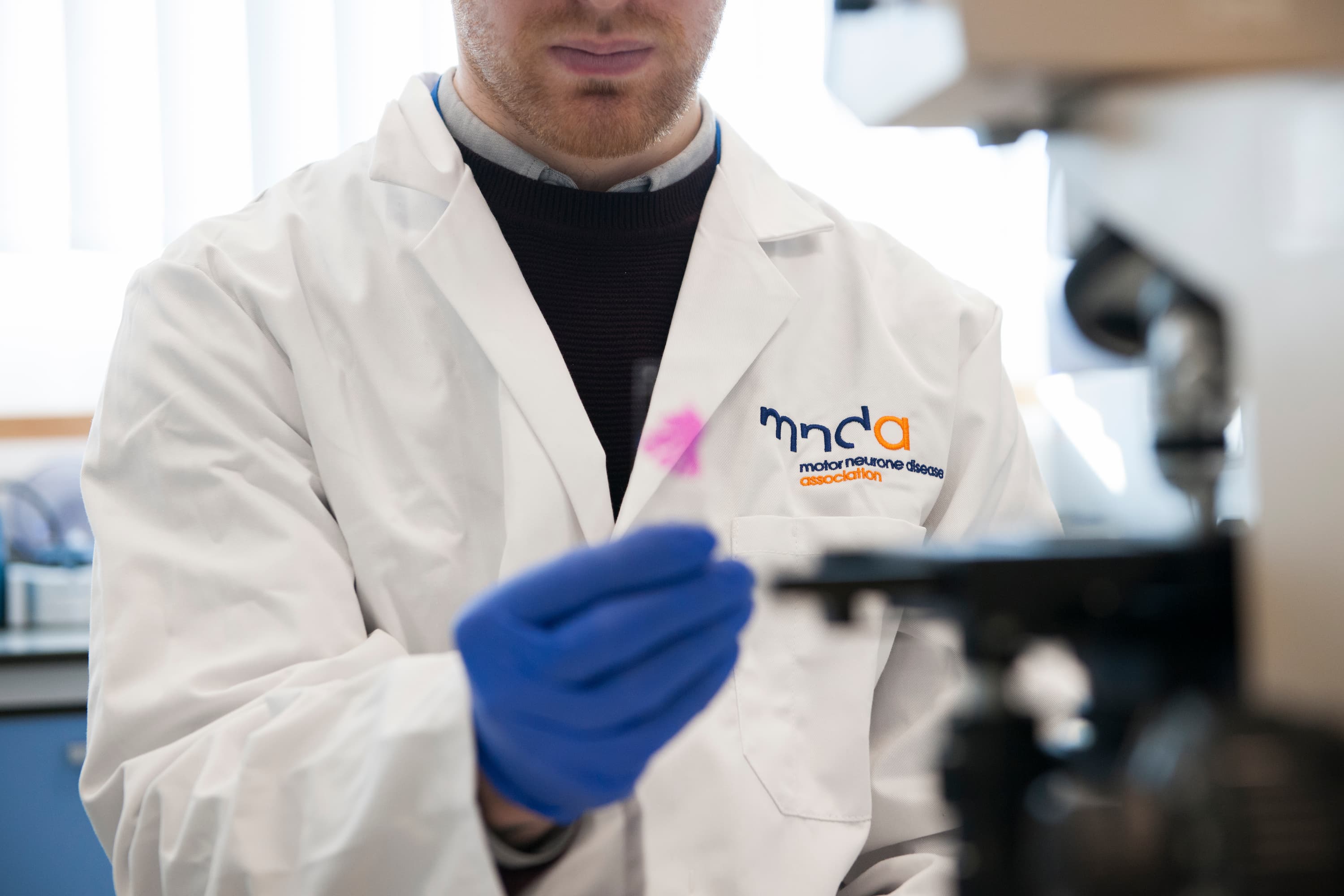When many people think of a research lab, they picture either complex structures of bubbling tests tubes filled with different coloured liquids, or a room packed with dozens of people in identical white coats walking around grasping clipboards.
The reality of the modern-day lab is often very different to that. So I want to take you through the lab doors and give you the inside track on how labs are established and how they really work.
White coats at the ready. Or not.
Getting started – not as simple as it might sound
It’s many researchers’ dream to have a lab of their own, but invariably they start at the bottom and work their way up. Most labs are associated to a university and researchers will generally make their first tentative steps into the lab while studying there.
Setting up a lab requires a significant investment and admin. So rather than create new labs of their own, researchers will look to take positions in established labs that already have a solid reputation and funding. That’s not to say that researchers never create new labs, but when they do it will almost certainly be after many years building a reputation for excellence in other established labs.
Labs are funded by granting agencies, government, industry or private foundations. Some universities also provide funding in other forms – and charities like the MND Association play a vital role.
Who’s who in the lab environment
Successful labs aren’t led by a lone genius making discoveries in the middle of the night, as films would have you believe. Research is built around collaboration – and everyone plays their part.

Labs are led by a principal investigator, or lab supervisor, who’ll oversee everything. From the academic, technical and scientific oversight of projects, to applying for funding and training for lab personnel.
Research Fellows play a key role too. Fellows are experienced researchers, developing their own projects, whose salaries are often funded by charities like the MND Association.
Around them there will be a range of PhD and Honour students, each learning how to become fully-fledged researchers. They’ll be working with post-doctorate students looking to expand their knowledge, many of whom will be experienced enough to lead on individual projects.
Everyone, from the most to the least experienced, is supported by Research Assistants and Lab Technicians who fulfil the vital role of running tests and keeping the lab stocked with all the equipment it needs to keep functioning
The equipment checklist
Up-to-date equipment is the core of any lab, and when it comes to MND research, you’re pretty much guaranteed to find certain equipment in every lab you visit.

The most prominent of these of course, will be computers. In an MND research lab you’ll find computers everywhere you look – it’s impossible to analyse data to the level researchers need these days without them.
But before data can be analysed, it needs to be collected. And researchers still rely on types of machinery and equipment that have populated labs for years, even centuries. Some of these you’re bound to have used in science lessons at school. How many do you remember?
- Balances and scales
- Fume cupboards
- Microscopes
- Pipettes
- Fridges/freezers
- Benches
- Test tube racks
- Chemicals
- Machines for agitating samples
- Centrifuges for spinning samples
- PCR machines to amplify DNA
- Gel sets for separating DNA, proteins and other molecules, according to their size
From the simplest glass test tube, to the most advanced number-crunching computer, each is essential in helping researchers develop therapies or medications that could go to clinical trial and one day lead to a cure for MND.

Discover for yourself how one of the Cure Finders’ research labs works by embarking on a 360 lab tour.


